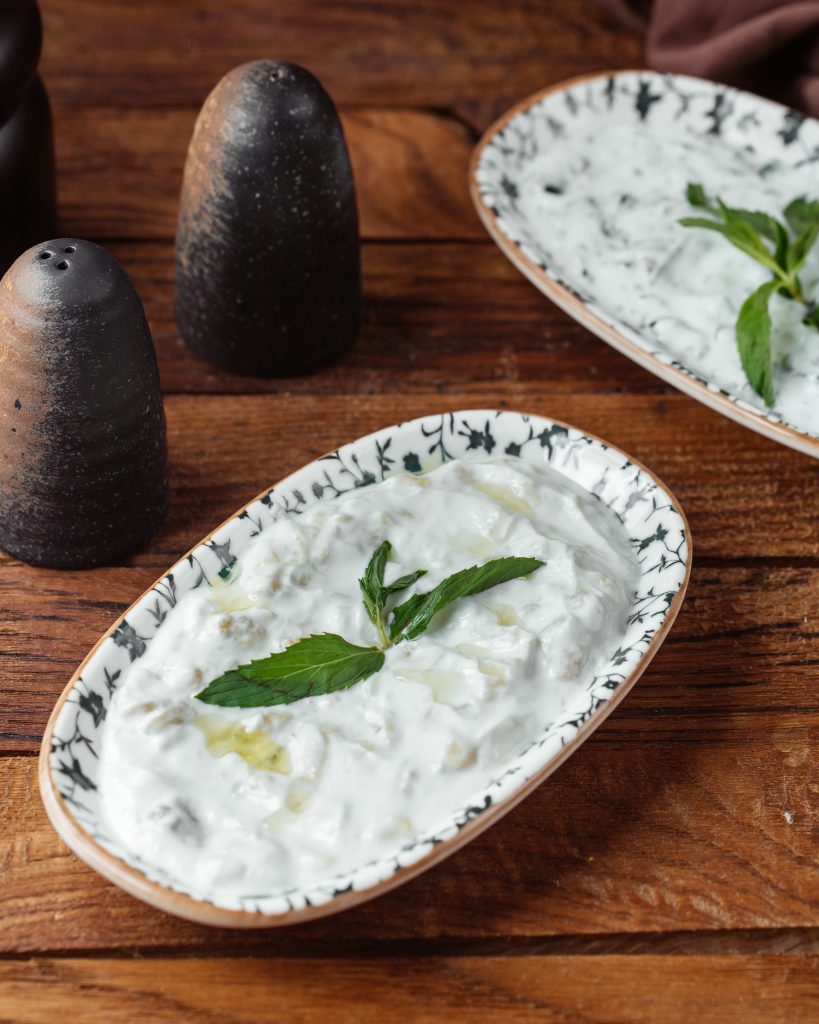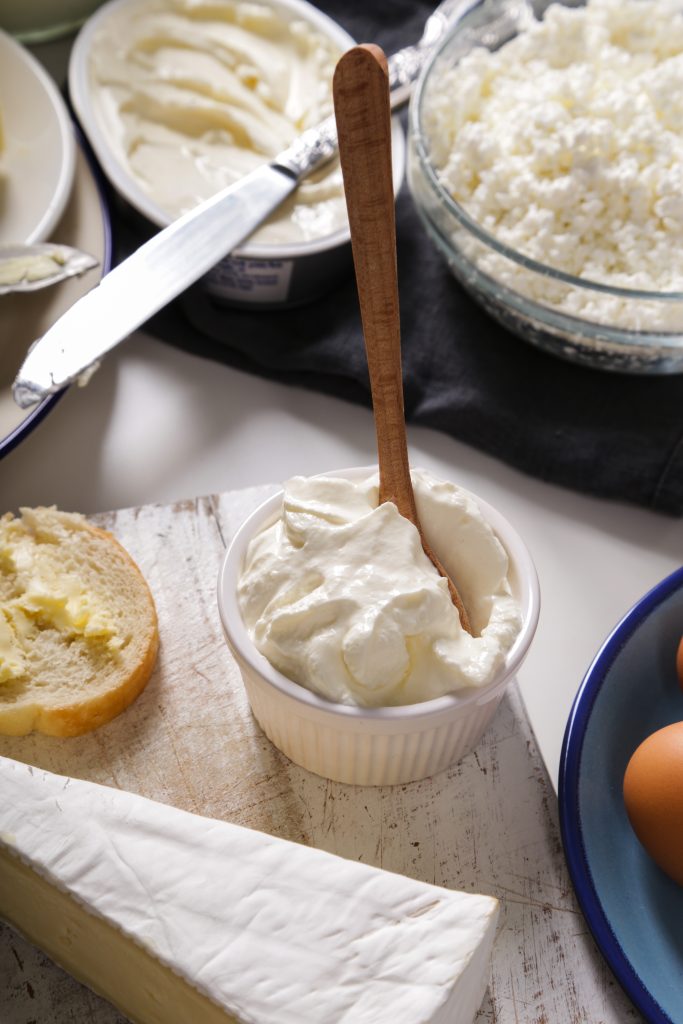Is Whole Milk Ricotta the same as regular Ricotta Cheese? This is a question many culinary enthusiasts ask. In this guide, we delve deep into the differences between these two types of ricotta, shedding light on their origins, characteristics, and best uses in the kitchen. If you’re a fan of Italian cuisine, our ricotta bake recipe is a must-try.
Origins and Production of Ricotta Cheese
Origins of Ricotta Cheese:
Ricotta cheese has its roots in Italy, with a history that intertwines with the evolution of cheese-making in this region. The name “ricotta” itself is quite telling, as it means “recooked” in Italian. This name is a direct reference to the unique method used in its production. For those interested in diving deeper into the world of ricotta, check out our comprehensive guide on whole milk ricotta.
Traditional Production Method:
The traditional method of making ricotta is quite distinctive. Unlike most cheeses, which are made directly from milk, ricotta is made by reheating the whey. This whey is a byproduct of the cheese-making process from other cheeses. When cheese is made, the milk is separated into curds and whey. The curds go on to become cheese, while the whey is usually discarded. However, in the case of ricotta, this whey undergoes a second round of heating.
During this reheating process, the residual proteins in the whey, particularly albumin and globulin, coagulate at high temperatures. This coagulation forms the soft, granular texture that is characteristic of ricotta cheese. The resulting product is a fresh, moist cheese with a light, creamy texture and a slightly sweet taste.
Whole Milk Ricotta:
In addition to the traditional method, there is also whole milk ricotta. This variant deviates from the classic recipe by using whole milk instead of whey. The use of whole milk significantly alters the final product. Whole milk ricotta is richer and creamier than its whey-based counterpart. This is because whole milk contains more fat and protein, which contributes to a denser texture and a more pronounced dairy flavor.
Nutritional Aspects:
Ricotta made from whey is lower in fat and calories compared to many other cheeses, making it a preferred option for those seeking a lighter cheese. Whole milk ricotta, with its higher fat content, offers a more indulgent experience.
Culinary Uses:
Ricotta cheese is incredibly versatile in the culinary world. It can be used in both sweet and savory dishes. In Italian cuisine, it’s a staple ingredient in dishes like lasagna, manicotti, and cannoli. Its mild flavor makes it an excellent canvas for a variety of seasonings and accompaniments.
Cultural Significance:
Ricotta is not just a food item but a part of Italian cultural heritage. It reflects the resourcefulness of traditional Italian cheesemaking, where even by-products like whey are utilized to create something delicious.
You can learn more about the history of cheese and its various forms.
Culinary Uses of Whole Milk Ricotta and Regular Ricotta
Both whole milk ricotta and regular ricotta cheese are versatile and can be used in a variety of dishes. However, their distinct textures and flavors can influence the outcome of the dish. For more inspiration on how to use ricotta in your dishes, check out these ricotta recipes.
Nutritional Differences Between Whole Milk Ricotta and Regular Ricotta
Whole milk ricotta is denser in calories and fat due to the use of whole milk in its production. Regular ricotta cheese, being made primarily from whey, is lighter in comparison. Those watching their calorie intake or fat consumption might prefer regular ricotta over the whole milk variant. For a detailed nutritional breakdown, visit NutritionData.
Comparing the Taste and Texture of Whole Milk Ricotta and Regular Ricotta
Taste Differences:
- Whole Milk Ricotta:
- Richness: Whole milk ricotta is known for its rich taste. This richness comes from the higher fat content of whole milk compared to whey. The fats contribute to a deeper, more pronounced dairy flavor that is often described as luxurious or indulgent.
- Creaminess: There’s also a noticeable creaminess in the flavor profile of whole milk ricotta. This creaminess is not just a textural element but also influences the taste, giving it a fuller, more rounded dairy flavor that is less tangy than traditional ricotta.
- Regular Ricotta:
- Neutral Flavor: Regular ricotta, made from whey, has a more neutral, subtler flavor. This is partly due to the lower fat content and the nature of whey, which is less rich than whole milk.
- Slight Sweetness: There’s often a slight sweetness to regular ricotta, a characteristic that comes from the whey. This sweetness is subtle but distinct, making regular ricotta versatile in both savory and sweet dishes.
Texture Differences:
- Whole Milk Ricotta:
- Smooth and Spreadable: The texture of whole milk ricotta is notably smooth and creamy. It spreads easily, akin to a thick cream. This texture makes it ideal for spreading on bread, crackers, or incorporating into dishes where a smooth, creamy consistency is desired.
- Ideal for Desserts: The creamy texture of whole milk ricotta is particularly well-suited for desserts. It blends seamlessly into cheesecakes, can be whipped into frostings, or used as a filling for pastries, where its smoothness complements the sweet components.
- Regular Ricotta:
- Grainy and Firm: Traditional ricotta has a more grainy texture. This isn’t to say it’s coarse, but rather it has a fine, granular feel that is noticeable compared to the smoothness of whole milk ricotta.
- Perfect for Fillings: This grainy texture makes regular ricotta particularly suitable for fillings in dishes like lasagna, stuffed shells, or cannoli. In these applications, the texture of the cheese adds to the overall mouthfeel, providing a pleasant contrast to the other ingredients.
Culinary Applications:
- Whole Milk Ricotta: Due to its rich flavor and creamy texture, whole milk ricotta is often favored in dishes where cheese is a central ingredient, like in some desserts or as a spread. It’s also a great choice for blending into sauces or soups, where its creaminess can be fully appreciated.
- Regular Ricotta: The more neutral and slightly sweet flavor, along with its grainy texture, makes regular ricotta a versatile cheese in cooking. It’s excellent in baked goods and savory dishes, where it complements other ingredients without overpowering them.
Storage and Shelf Life of Ricotta Cheese Variants
Storage Guidelines:
- Refrigeration: Both whole milk ricotta and regular ricotta cheese require refrigeration. Dairy products, especially soft cheeses like ricotta, are susceptible to bacterial growth at room temperature. Keeping them chilled is essential to maintain their freshness and prevent spoilage.
- Airtight Containers: It’s important to store ricotta cheese in an airtight container. This practice not only helps in retaining the cheese’s moisture but also prevents it from absorbing odors and flavors from other foods in the refrigerator. If the ricotta comes in a resealable container, ensure it’s tightly closed after each use. If not, transferring the cheese to an airtight container or covering the original packaging with plastic wrap is advisable.
- Avoiding Contamination: When using ricotta, use a clean utensil each time to avoid introducing bacteria into the cheese. This is particularly important for soft cheeses, as they can be a breeding ground for bacteria if contaminated.
Shelf Life Considerations:
- Whole Milk Ricotta:
- Slightly Shorter Shelf Life: Due to its higher fat content, whole milk ricotta can have a slightly shorter shelf life compared to regular ricotta. Fats can go rancid more quickly, which might affect the cheese’s freshness.
- Typical Duration: Once opened, whole milk ricotta typically lasts about one week in the refrigerator, though this can vary based on factors like the initial freshness, how well it’s stored, and the temperature of your fridge.
- Regular Ricotta:
- Standard Shelf Life: Regular ricotta, made from whey, generally has a similar shelf life to whole milk ricotta, lasting about a week after opening when properly stored in the refrigerator.
- Observation is Key: Always check for signs of spoilage like an off smell, mold, or a sour taste before using, as these are indicators that the cheese has gone bad.
Unopened Packages: For both types of ricotta, the shelf life can be longer if the package is unopened. It’s essential to refer to the “best by” or “use by” date on the packaging for an unopened product. However, once opened, the one-week guideline typically applies.
Freezing Ricotta: While freezing is an option to extend the shelf life, it’s important to note that it can alter the texture of ricotta cheese. Freezing can cause the whey to separate, resulting in a grainier texture upon thawing. If you choose to freeze ricotta, it’s best used in cooked dishes rather than as a spread or in recipes where its creamy texture is pivotal.
FAQs
- Is whole milk ricotta healthier than regular ricotta cheese?
- While whole milk ricotta is richer in fat and calories, it also offers a denser nutrient profile. The choice between the two often boils down to personal preference and dietary needs.
- Can I substitute regular ricotta for whole milk ricotta in recipes?
- Yes, but it might alter the texture and richness of the dish. It’s always best to follow the recipe’s recommendations.
- Why does whole milk ricotta taste creamier?
- The use of whole milk in its production gives it a creamier texture and richer taste compared to regular ricotta made from whey.
Conclusion
Whole milk ricotta and regular ricotta cheese, while similar in many aspects, offer unique flavors and textures that cater to different culinary needs. Whether you prefer the rich creaminess of whole milk ricotta or the traditional grainy texture of regular ricotta, both variants are a testament to the versatility and richness of Italian cuisine.





2 thoughts on “Whole Milk vs. Regular Ricotta Cheese: What’s the Difference?”